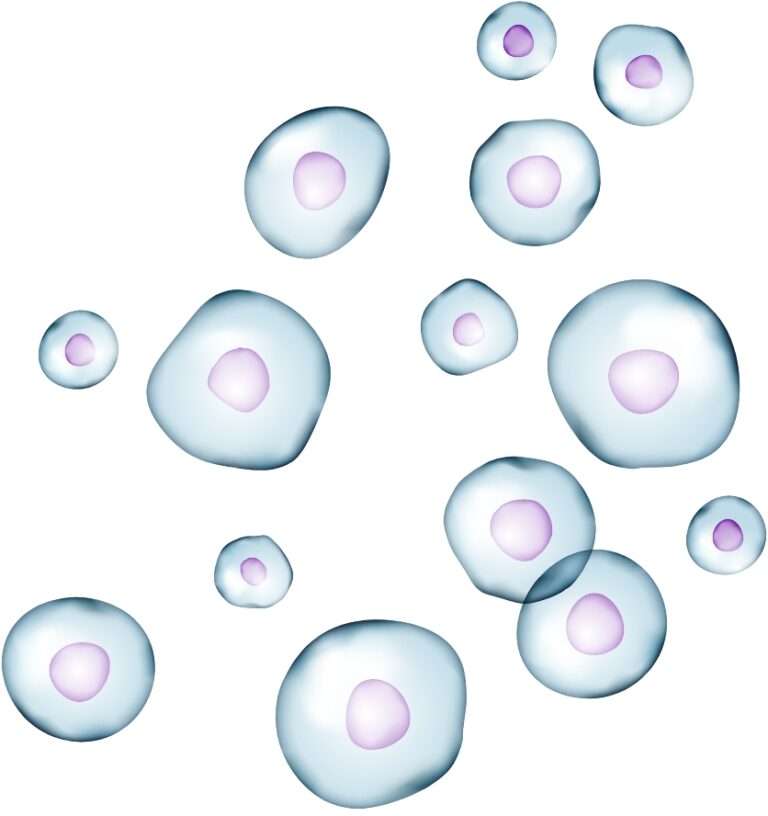Why Automation?
Much has been said at single-cell and spatial genomics events about how a bulk RNA experiment is like a fruit smoothy and each advancement in Single cell and spatial Genomics has taken us closer to a deeper understanding of the complexities of biology. But what about Sample Prep? How does automated Sample Prep help us to understand Biology?
Well, the benefit of automated sample prep really is like an easy button for sample preparation.
Let’s think about baking bread
When you think of a bread machine, you might envision the ease and convenience of adding your ingredients, setting a timer, and coming back to perfectly baked bread. It’s an appliance that simplifies a complex, time-consuming process into something automated, reliable, and reproducible. If you’re familiar with the Singulator Platform, you’ll notice some striking similarities.
Much like a bread machine transforms ingredients into a fresh loaf, the Singulator Platform turns tissue samples into isolated single nuclei. But beyond that, both tools provide unparalleled precision, reproducibility, and automation, making complicated tasks easier.
Let’s break down the comparison:
-
Automation: The Heart of Efficiency
A bread machine takes a lot of the guesswork out of baking. You don’t need to knead dough, watch over rising times, or worry about rising and baking temperatures. You simply press a button, and the machine does the rest. This is exactly what the Singulator Platform brings to the world of single-cell genomics.
Researchers no longer have to spend hours manually dissociating tissue to isolate single cells or nuclei. With the Singulator Platform, you simply load the tissue, set the parameters, and walk away. The process is automated, leading to consistent results with less human intervention.
Key takeaway: Both the bread machine and the Singulator Platform save time by automating tedious tasks that were once manual and error-prone.
-
Reproducibility: The Key to Consistency
One of the reasons people love bread machines is the consistency. No matter how many times you use it, you can expect the same high-quality loaf each time. This reproducibility comes from the machine’s precise control over temperature, mixing, and timing.
In the world of bioscience, reproducibility is even more critical. Experiments can hinge on producing consistent results, and slight variations can lead to drastically different outcomes. The Singulator Platform excels at ensuring reproducibility by automating the sample preparation process, minimizing human error, and allowing researchers to replicate their protocols reliably across multiple experiments.
Key takeaway: Both devices ensure consistent outcomes, whether it’s a loaf of bread or a set of isolated single nuclei. Reproducibility is the cornerstone of trust in any tool.
-
Precision: Every Step Matters
Just as a bread machine follows precise measurements for water, flour, yeast, and baking times, the Singulator Platform is designed with precision in mind. It allows users to finely tune parameters such as temperature, speed, and enzymatic digestion time, optimizing the isolation of single nuclei from a variety of tissues.
While a bread machine’s precision ensures a perfect rise and crust, the Singulator Platform’s precision ensures the integrity of each biological sample, making it ideal for applications such as genomics and proteomics, where sample quality can make or break an experiment.
Key takeaway: Precision is critical for both bread making and life sciences, and both the bread machine and the Singulator offer fine control to ensure optimal results.
-
Ease of Use: Lowering the Barrier to Entry
A bread machine makes baking accessible to even the most inexperienced chefs. Similarly, the Singulator Platform is designed to be user-friendly, allowing even those with limited technical expertise to successfully isolate single cells or nuclei.
This ease of use translates to more time spent on higher-level tasks rather than focusing on the minutiae of sample prep. For researchers, this means spending less time worrying about whether their sample prep process is correct and more time focusing on the data and results.
Key takeaway: Both tools make their respective tasks accessible to a broader audience, lowering the barrier to entry and empowering users to achieve professional-grade results with minimal effort.
-
Customization: Tailored to Your Needs
While a basic bread machine can bake a standard loaf, most machines come with customizable settings, allowing you to adjust for different types of bread, crust preferences, and sizes. In much the same way, the Singulator Platform offers customizable protocols, letting researchers adjust parameters based on the specific needs of their tissue type and desired output.
This flexibility ensures that whether you’re working with a delicate brain sample or a tougher muscle tissue, you can tailor the process to get the best results without compromising the quality of the isolated nuclei.
Key takeaway: Both the bread machine and the Singulator Platform offer flexibility to meet the specific needs of the user, ensuring that every outcome is optimized.
Conclusion: The Science of Simplicity
At first glance, comparing the Singulator Platform to a bread machine might seem far-fetched. But when you break it down, both tools offer a transformative approach to simplifying complex, time-consuming tasks through automation, precision, reproducibility, and ease of use.
Whether you’re in the kitchen baking bread or in the lab preparing biological samples, the Singulator Platform is your trusted tool for unlocking the potential of your samples—just like a bread machine is for unlocking the perfect loaf of bread.
So, next time you enjoy the convenience of freshly baked bread from a machine, think of the Singulator Platform, which offers the same kind of breakthrough efficiency in the lab, helping researchers unlock the true potential of their precious samples.
